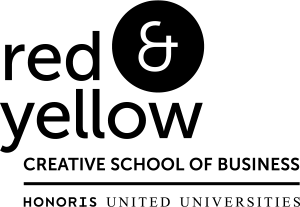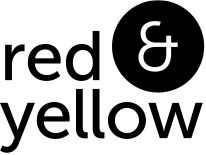If there is one thing that spreads like wildfire, it’s fake news and misinformation on digital platforms. Along with the advent of one of the first social media giants, Facebook in 2004, came more opportunities for knowledge-sharing, learning and interacting online. The platform, alongside its counterparts TikTok, Instagram, X, Threads (and the list goes on), has changed the way people engage online.
But today, we’re part of an era where AI and misinformation is making it more challenging to separate fact from fiction. So, how credible is the information being shared on digital platforms and how do we interrogate it? Marilette Pretorius, Programme Development Manager at the Red & Yellow Creative School of Business, unpacks six key pieces of advice when it comes to interrogating what you’re seeing and reading on the internet.
In recent years, we’ve come to know AI-generated deepfakes, synthetically-created multimedia, fake news, satires, misinformation and disinformation shared easily and quickly by unreliable sources on the internet. Just recently, TikToks have been circulating of the new MK political party winning the most expat votes, which has been proven false. A Daily Maverick report found that micro influencers were paid to spread misinformation about the results of the election. Last month an AI-generated photo of Katy Perry’s Met Gala appearance and so-called “best-dressed” title made it into more than 10 million TikTok users’ feeds with over 70 000 reposting it. Meanwhile, Perry never made it to the event as she was working elsewhere that night. Even her mother was fooled.
For the “connected” public, the misinformation shared online poses the risk of buying into advice that often appears too good to be true (especially if it went viral). It takes critical thinking, digital literacy education and a good deal of awareness to question the authenticity of information available online.
The last thing we want to do is discourage you from turning to the web and social media for useful tips (although it’s unlikely to have any effect). With the numbers provided by the 2024 Global Digital Report conducted by Meltwater and We Are Social, we can’t ignore the fact that 60.8% of South Africans who use the internet do so weekly to watch tutorials, educational content, and how-to videos. This data is derived from the 26 million active social media users in South Africa.
It’s important to safely navigate reliable online sources for up-to-date and credible advice that is as useful as it is interesting. Accredited experts, higher education institutions and academic bodies have a responsibility to ensure this information is accessible from those very sources.
If you’re not 100% certain about the validity of the content you just thumb-stopped, here are some tips to help you determine whether it’s fake or not, using the principles of critical thinking:
1) Go back to the source
Remove yourself from the content, look away and try to find the original information source. Does it lead you back to a reputable news organisation, educational institution, credible and respected brand, or an accredited and well-known expert’s profile? Take it as a red flag if you are navigated to an unknown or unverified source, or if there’s no way to trace the information.
2) Do a fact-check
Credible and free fact-checking tools can help you identify worthy from weightless sources. Google’s Toolbox allows you to fact-check an image, person or topic in a few seconds. Then there are fact-checking websites like Africa Check which is based on debunking fake news in Africa.
3) Check for errors
Check for any spelling and grammar that may appear “off.” These could be obvious mistakes such as inconsistent formatting, mere spelling errors, overused sensational language, or exaggerated statements.
4) If it looks like AI, turn to a deepfake debunker
There have recently been numerous fake videos featuring well-known celebrities’ voices conveying messages they were not involved in. Deepware.ai is a free AI tool that scans suspicious videos to determine whether it has been synthetically created. Illuminarity is initially a paid-for online service but it offers a free version with basic AI recognition capabilities for images and copy.
5) Has anyone else picked up on it?
Have other social media users or credible sources reported that the information is inaccurate? Again, if the source takes you back to an obscure website or social media account, it may be unreliable.
6) Check the date
Ensure the information is current and not outdated. Sometimes old news and information or events are shared out of context to mislead people.
Critical thinking is a lifelong skill that is imperative in increasing our digital literacy. Remember to question the information you receive on the internet – particularly if you think it sounds strange or unusual.
Marilette Pretorius is the Programme Development Manager at the Red & Yellow Creative School of Business. She has authored a white paper in AI titled “Machines Like Me: Where Human and Machine Creativity Intersect”, and facilitated the creation of numerous AI short courses to upskill students in everything from AI for copywriting to education.


